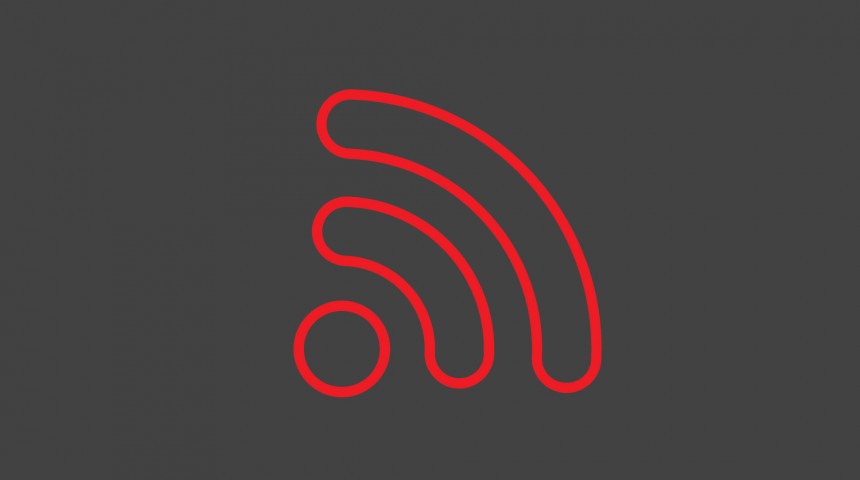
What Does Wi-Fi Stand For?
What Does Wi-Fi Stand For?
Wi-Fi is ubiquitous – you have it at home, probably at work, and you wouldn’t settle down on a coffee shop without it. But people know surprisingly little about Wi-Fi – most don’t even know what the name means.
The truth is that Wi-Fi doesn’t actually stand for anything. The term Hi-Fi has been used for decades, which is short for high-fidelity (basically, high quality acoustics). Wi-Fi followed in Hi-Fi’s footsteps and wanted to capitalise on the positive connotations, but it doesn’t actually mean anything – the term has gone the same way as Hoover and Google by becoming ‘a thing’ despite having no initial meaning at all. The term was coined by Interbrand Corporation, who thought of the term because it was a bit more memorable than ‘IEEE 802.11b Direct Sequence’. Most of us are probably pretty glad that they thought of Wi-Fi, since asking for your friend’s IEEE 802.11b password seems a little long-winded.
How to Make the Most of Your Wi-Fi
Businesses without Wi-Fi are becoming incredibly rare. Even if you don’t have regular client footfall at your premises, it’s useful to have Wi-Fi for visitors, hot-desks, laptop users, and areas that restrict a structured cabling installation.
The problem with standard Wi-Fi is that it gets incredibly congested; if you want to know how much, you can download a Wi-Fi analyser on your smartphone to see how many access points are broadcasting within range. Or just check how many Wi-Fi options come up on your smartphone right now – the more businesses and residential apartments around you, the more wireless transmitters there will be. All of those access points are competing for the same air space, much like commuters on the Tube in July. Every signal in the same air space (and frequency) impacts the effectiveness of your own Wi-Fi signal; even technology that we consider completely separate – Bluetooth, cordless phones, microwave ovens and microwave transmitters all have an impact on your Wi-Fi. They all operate on a Wi-Fi frequency.
Even if you manage to get into a space with very few Wi-Fi access points; metal and water (remember people are around 55% water) will absorb your signal. That’s why microwaves heat water and can’t accept metal; the water and metal absorb the microwave, whilst plastics let it pass through. The very same happens with wireless signal.
So, What Can You Do?
- Have multiple access points to improve your wireless signal where walls, structures or crowds can affect it
- Change access point locations to a more optimal location – higher, with fewer obstructions
- Analyse your competing wireless signals to find out which channel is least congested
- Consider changing wireless frequency – 2.4GHz is far more congested than 5Ghz
- Invest in business grade access points that use multiple data streams to improve information quality, and newer protocols for faster transmission speed
- Improve your receiving devices – newer laptops and mobile phones have more recent wireless hardware built in
Effective wireless signal is important. It meets visitor expectations, improves ease of connectivity, increases footfall, attracts new customers, and allows tracking. Get it wrong, and you have frustrated visitors choosing 3G/4G instead. We are in the age of technology, and technology needs connectivity.
